Angiogenesis

During tumor angiogenesis, cancer cells stimulate formation of new blood vessel for delivering oxygen and nutrients to a tumor. As the tumor grows, cells at the center of the mass become starved of oxygen, causing hypoxia. It stabilizes the expression of a transcription factor, HIF-1α (hypoxia inducible factor-1), which binds HIF-1β to upregulate the expression of several angiogenesis-promoting genes. Moreover, growth factor signaling also stimulates HIF-1 activity in order to maintain oxygen homeostasis for growing cells.
-
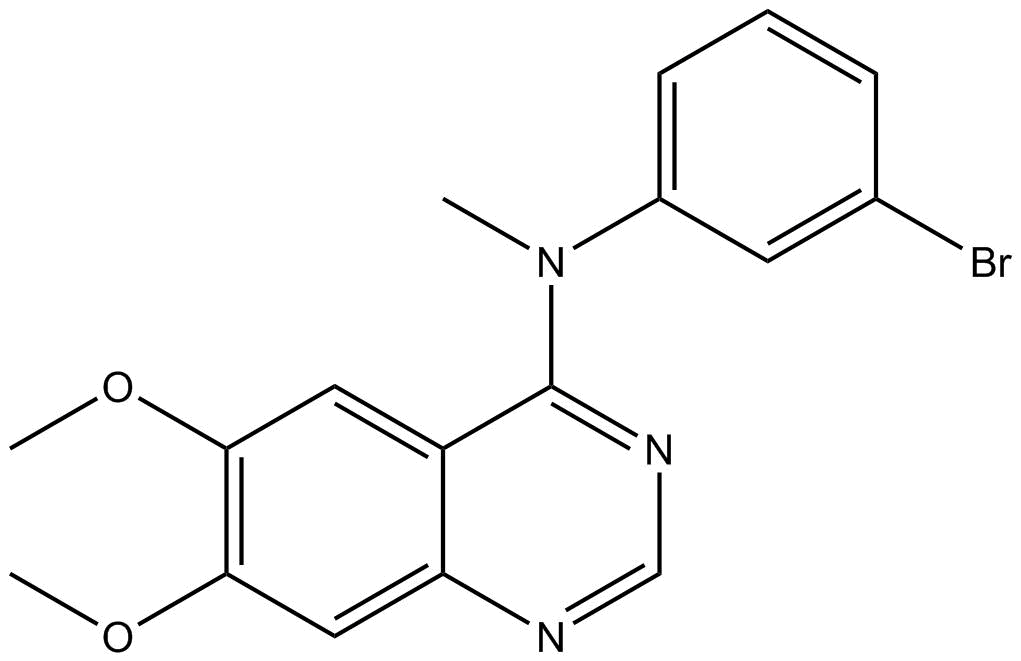 B8488 EBE-A22Summary: 抑制ErbB-1磷酸化
B8488 EBE-A22Summary: 抑制ErbB-1磷酸化 -
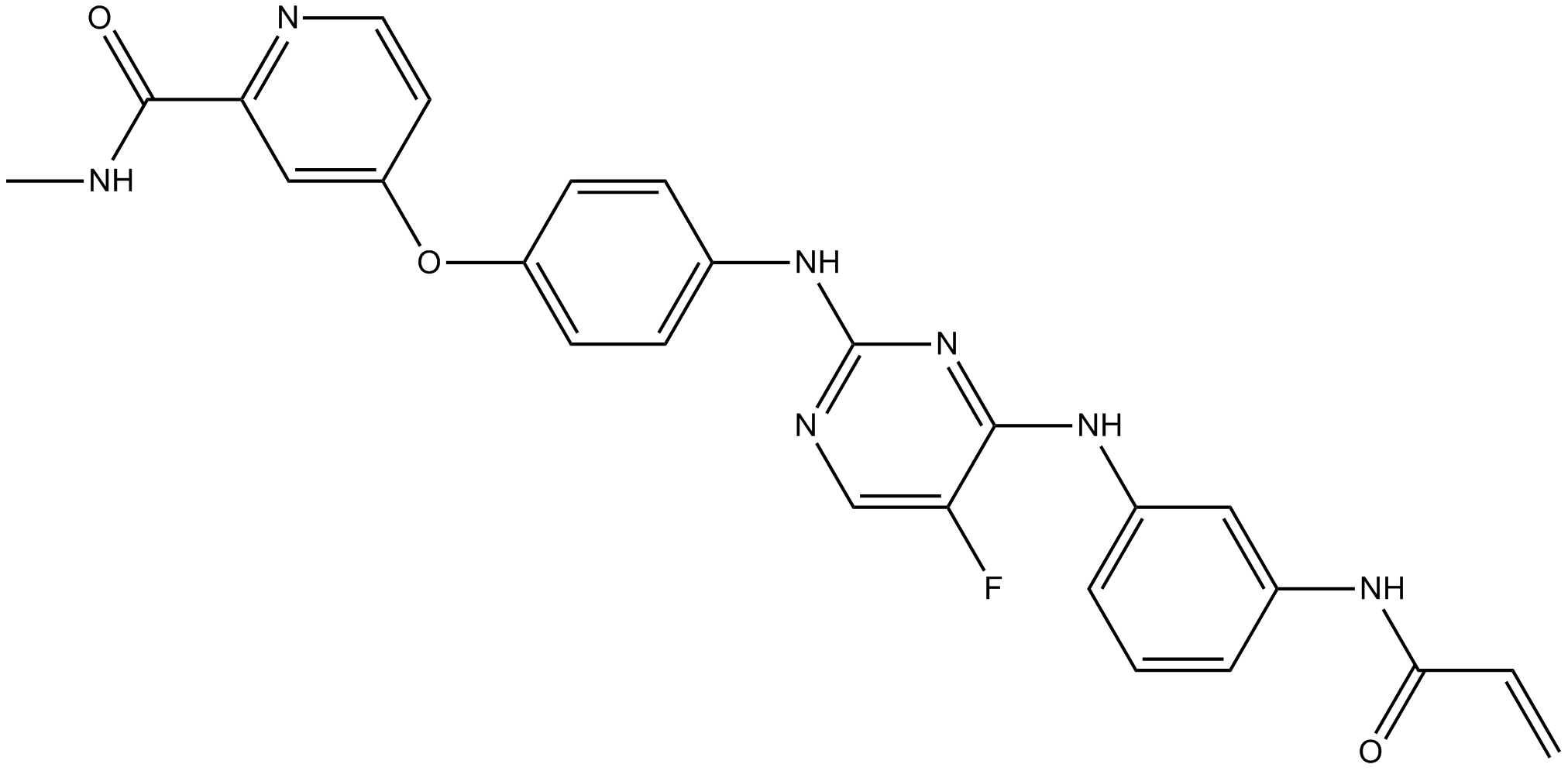 B1408 CNX-774Summary: BTK抑制剂
B1408 CNX-774Summary: BTK抑制剂 -
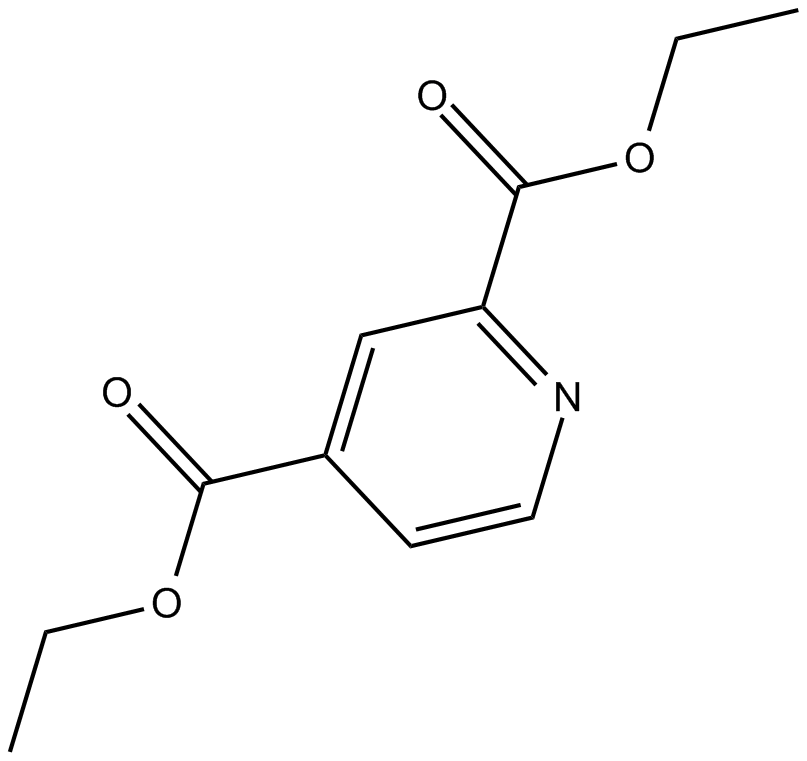 C4887 2,4-DPDSummary: HIF-PH竞争性抑制剂,细胞通透性
C4887 2,4-DPDSummary: HIF-PH竞争性抑制剂,细胞通透性 -
 C4752 JNJ-42041935Summary: 缺氧诱导因子(HIF)脯氨酰羟化酶(PHD)抑制剂
C4752 JNJ-42041935Summary: 缺氧诱导因子(HIF)脯氨酰羟化酶(PHD)抑制剂 -
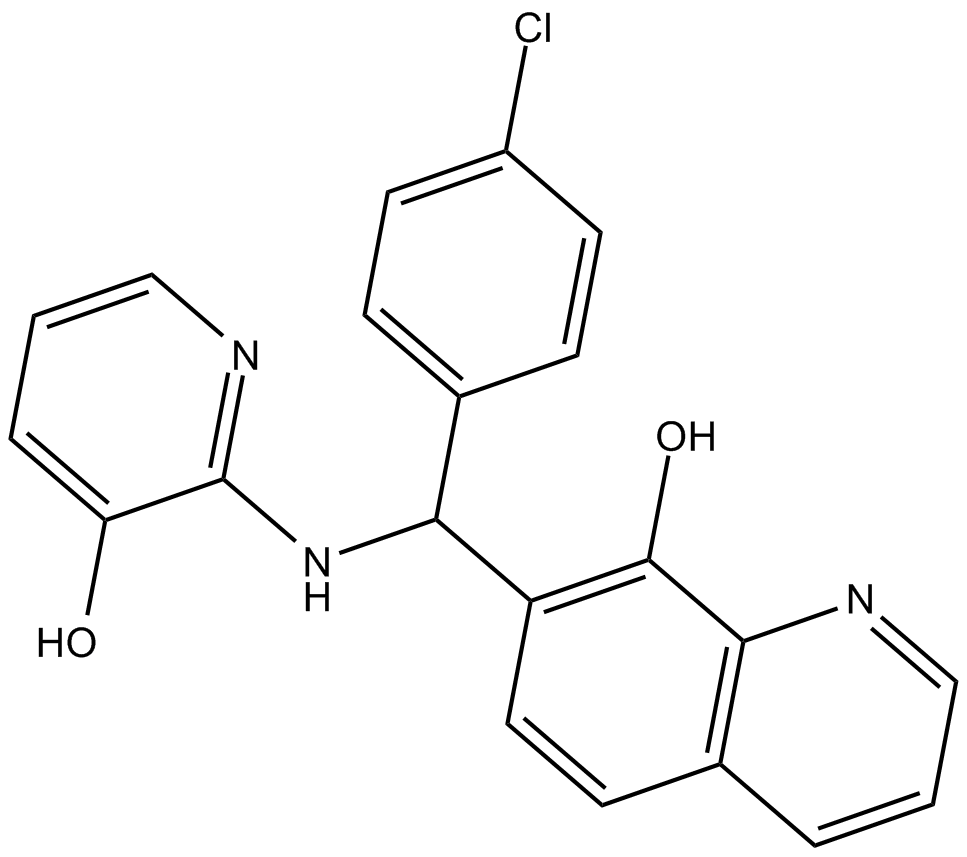 C4377 AdaptaquinSummary: HIF-脯氨酰羟化酶-2(PHD2)抑制剂
C4377 AdaptaquinSummary: HIF-脯氨酰羟化酶-2(PHD2)抑制剂 -
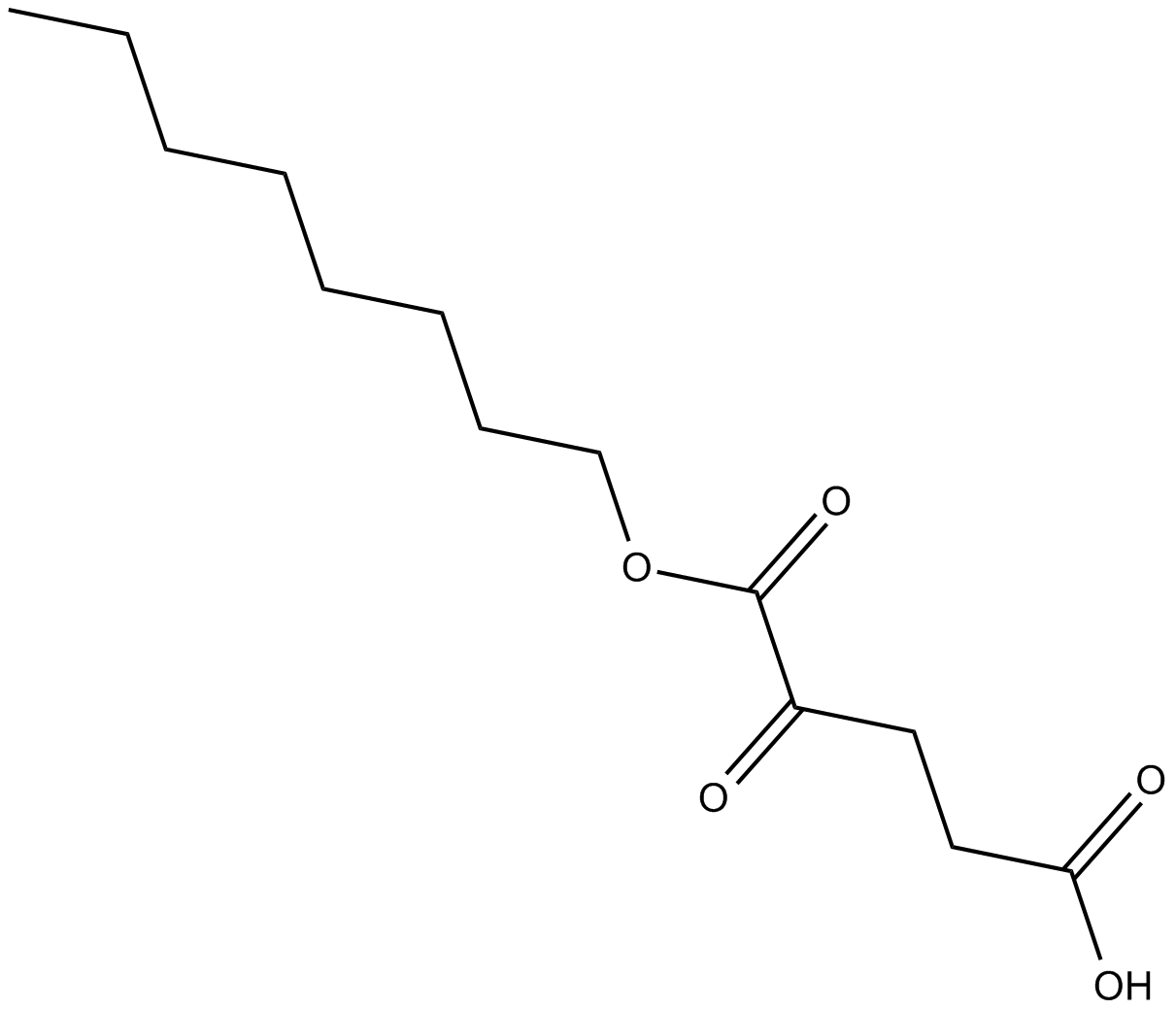 C4321 Octyl-α-ketoglutarateSummary: 脯氨酰羟化酶(PHD)活化剂
C4321 Octyl-α-ketoglutarateSummary: 脯氨酰羟化酶(PHD)活化剂 -
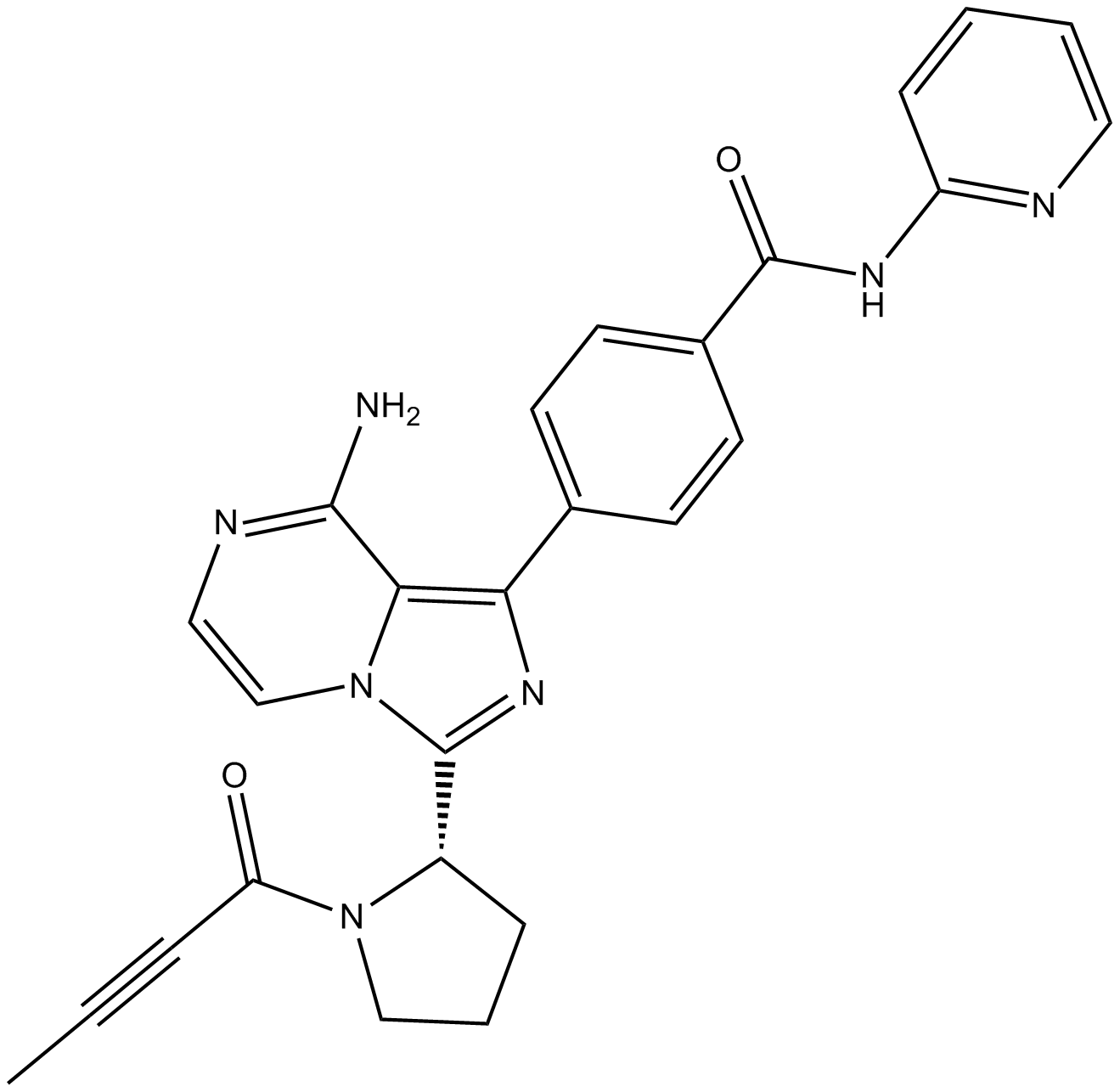 B6185 ACP-196中文名: 阿卡替尼Target: BTKSummary: 不可逆的BTK抑制剂
B6185 ACP-196中文名: 阿卡替尼Target: BTKSummary: 不可逆的BTK抑制剂 -
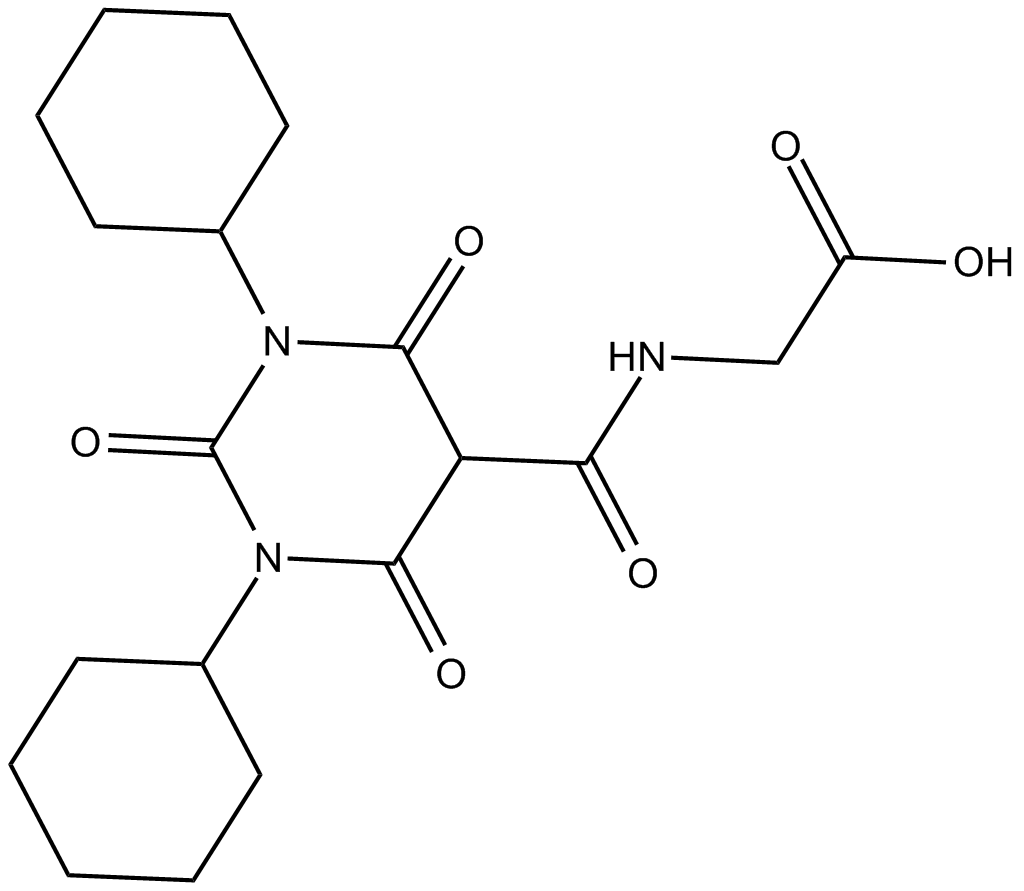 B6106 Daprodustat(GSK1278863)中文名: 达普司他Summary: HIF-脯氨酰羟化酶抑制剂
B6106 Daprodustat(GSK1278863)中文名: 达普司他Summary: HIF-脯氨酰羟化酶抑制剂 -
 B6003 SB273005Summary: αvβ3拮抗剂
B6003 SB273005Summary: αvβ3拮抗剂 -
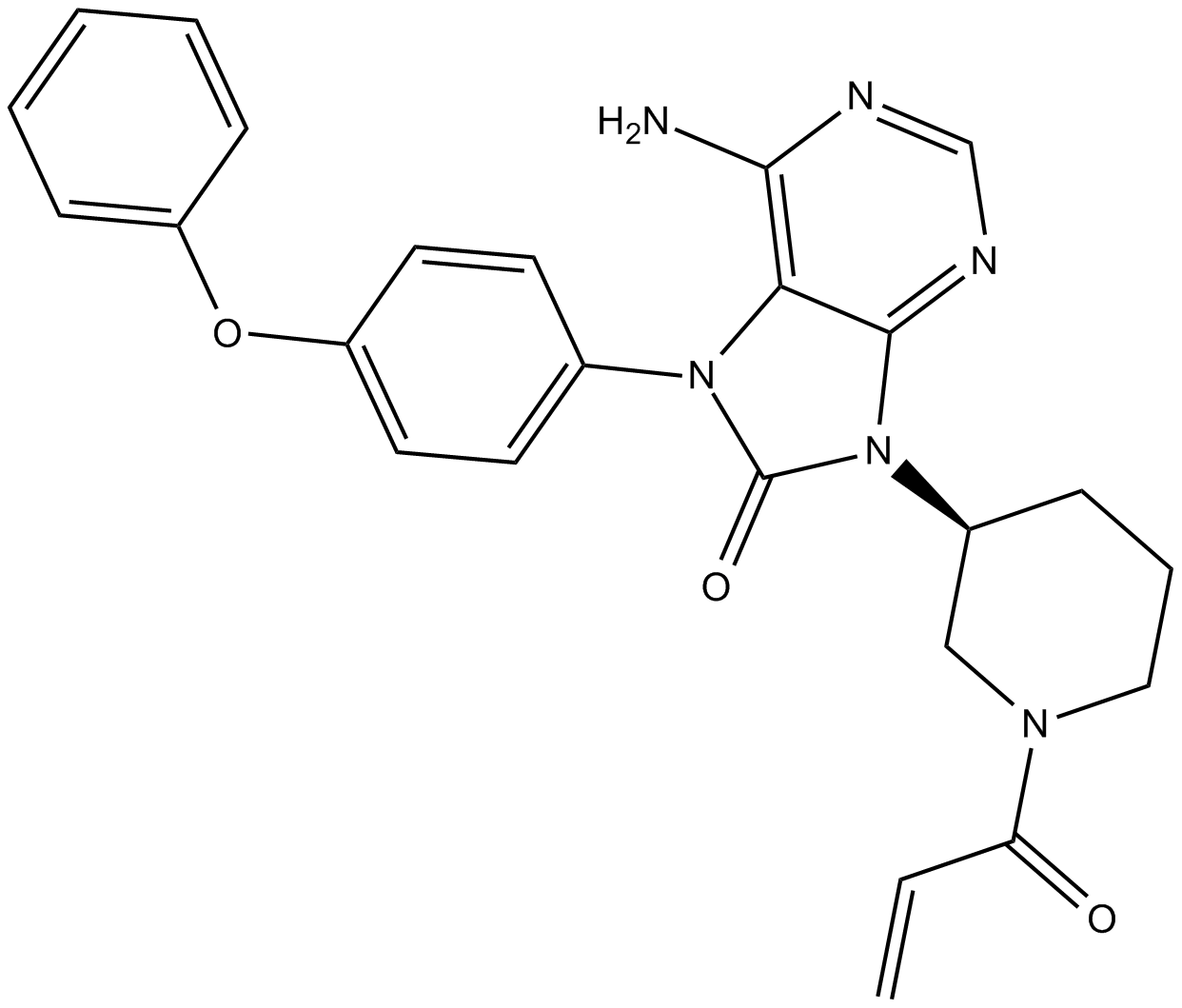 B5941 ONO-4059Summary: Btk抑制剂
B5941 ONO-4059Summary: Btk抑制剂

